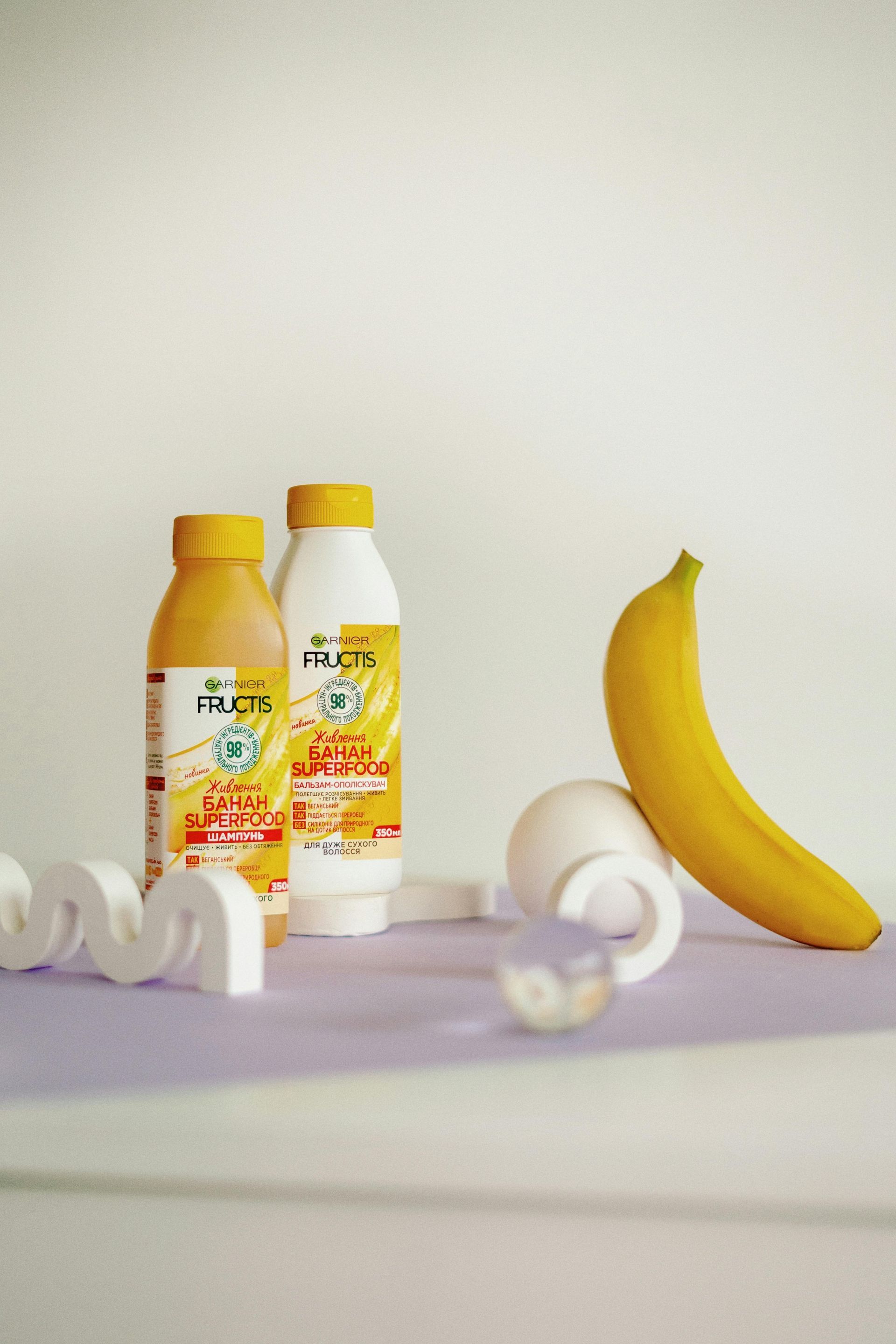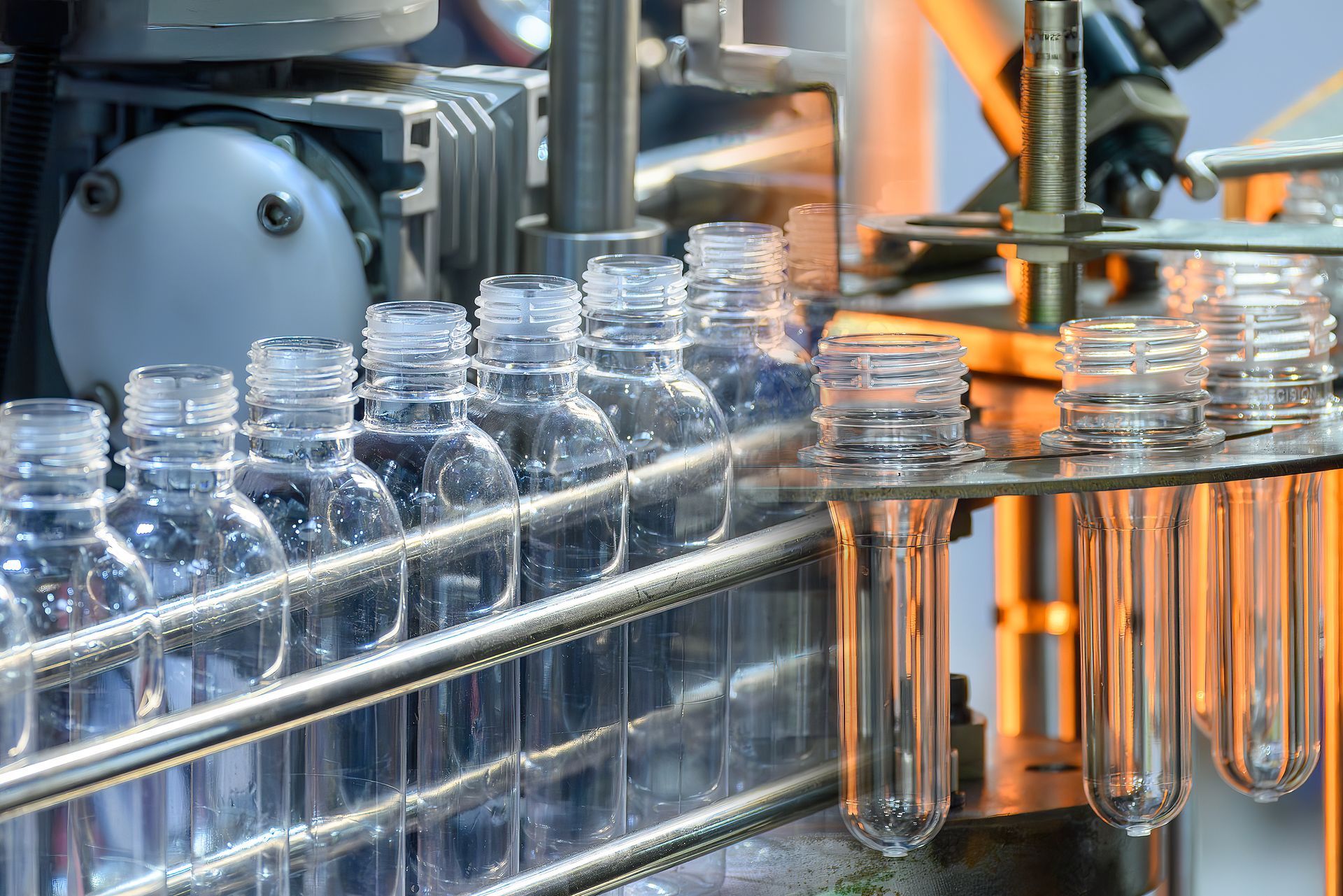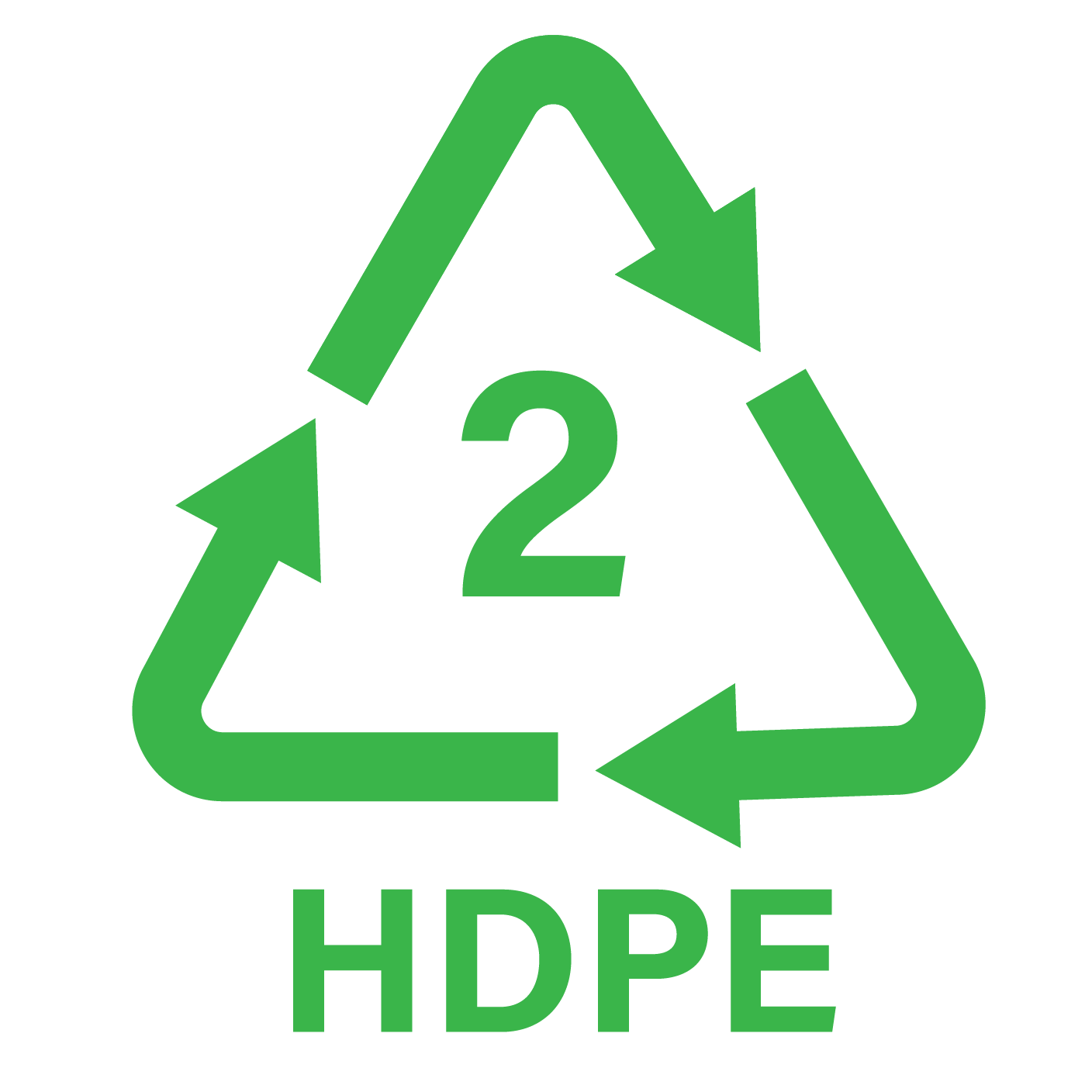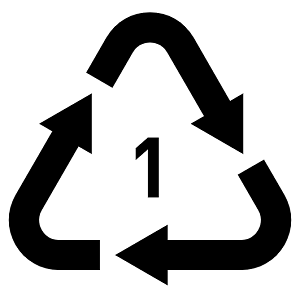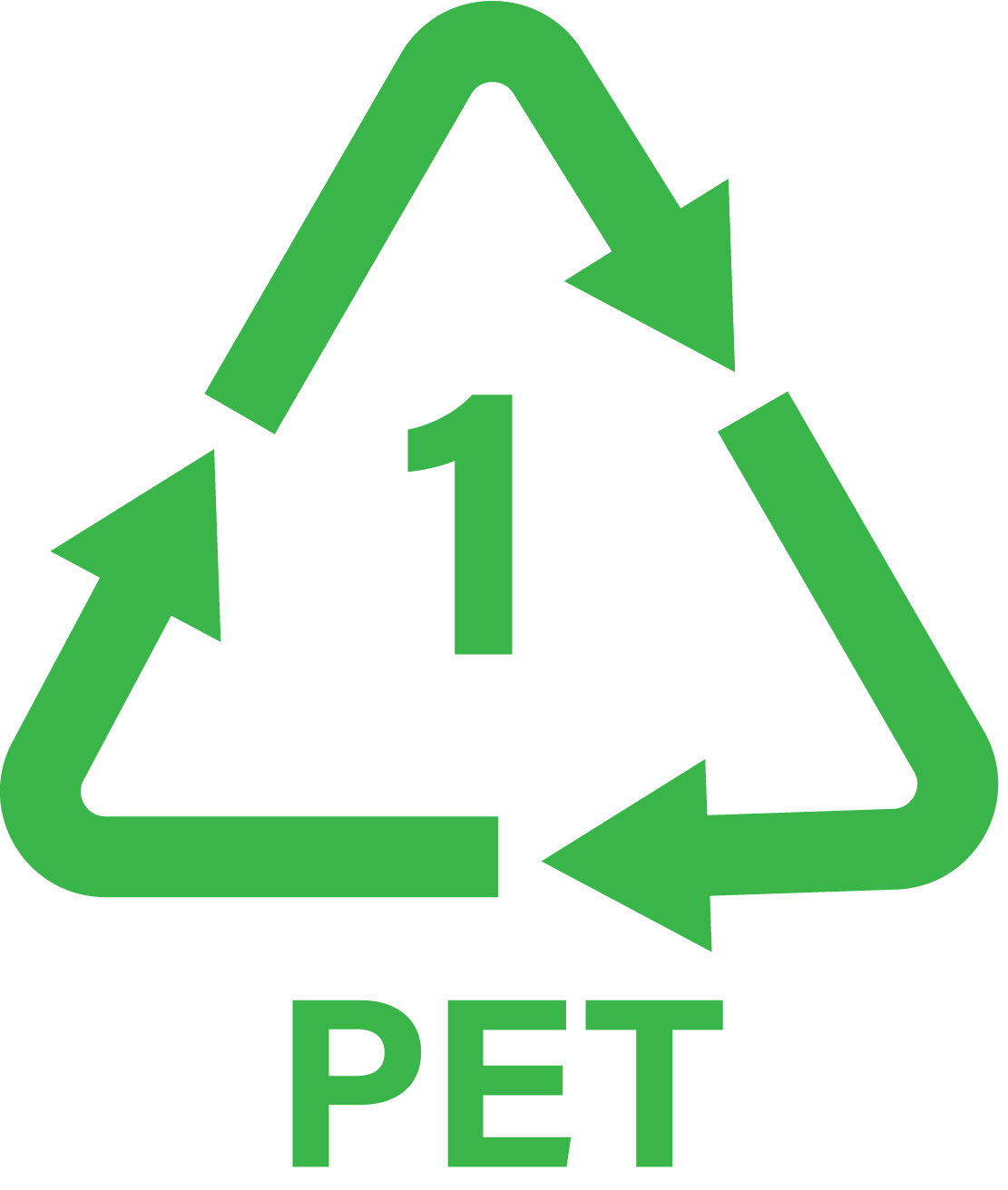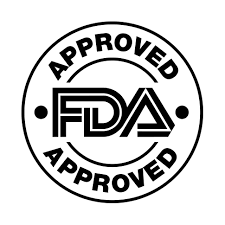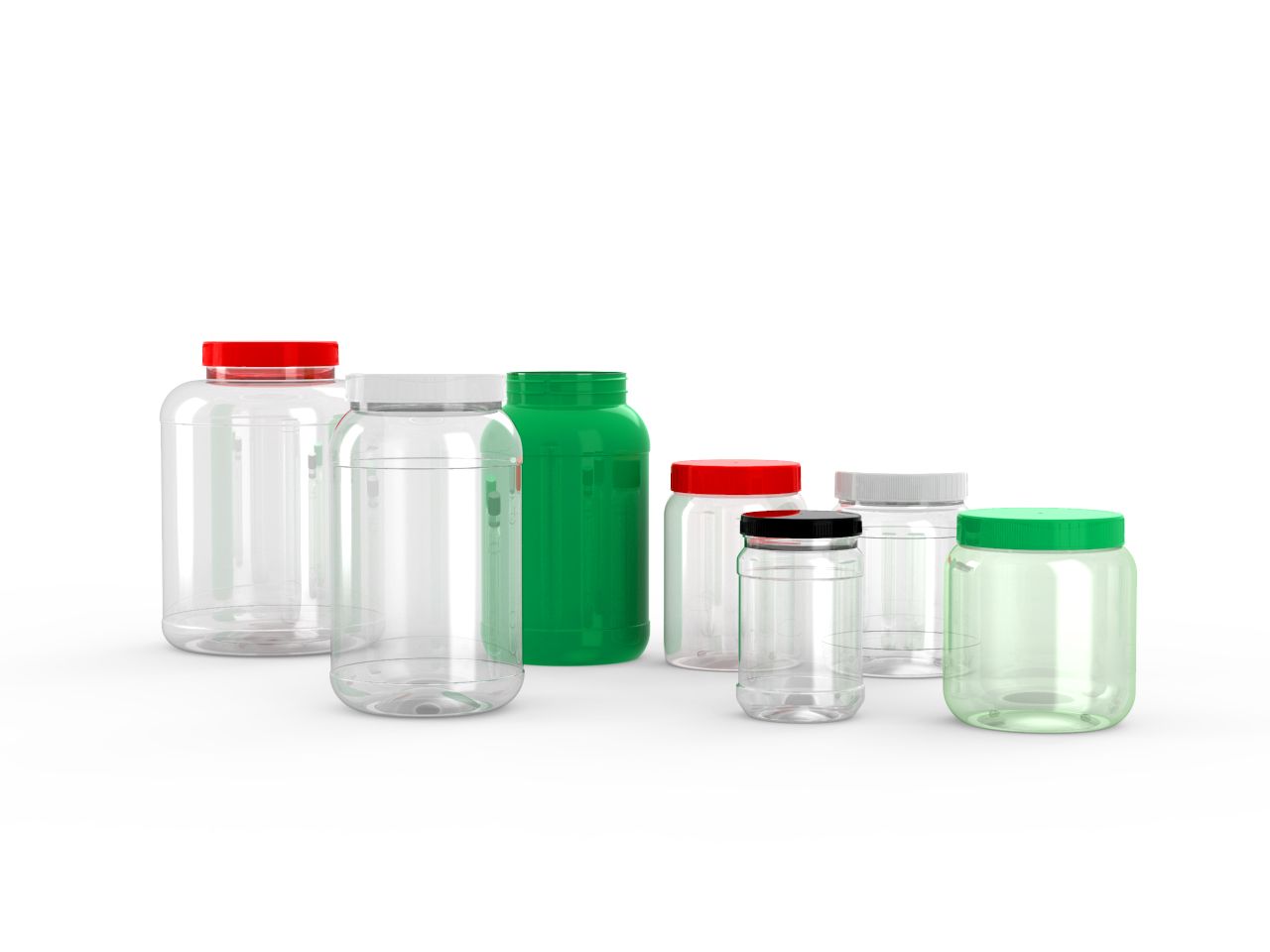Navigating the Seas of Change: Ocean Bound Plastic Certification
Everything You Need to Know About Ocean Bound Plastic Certification
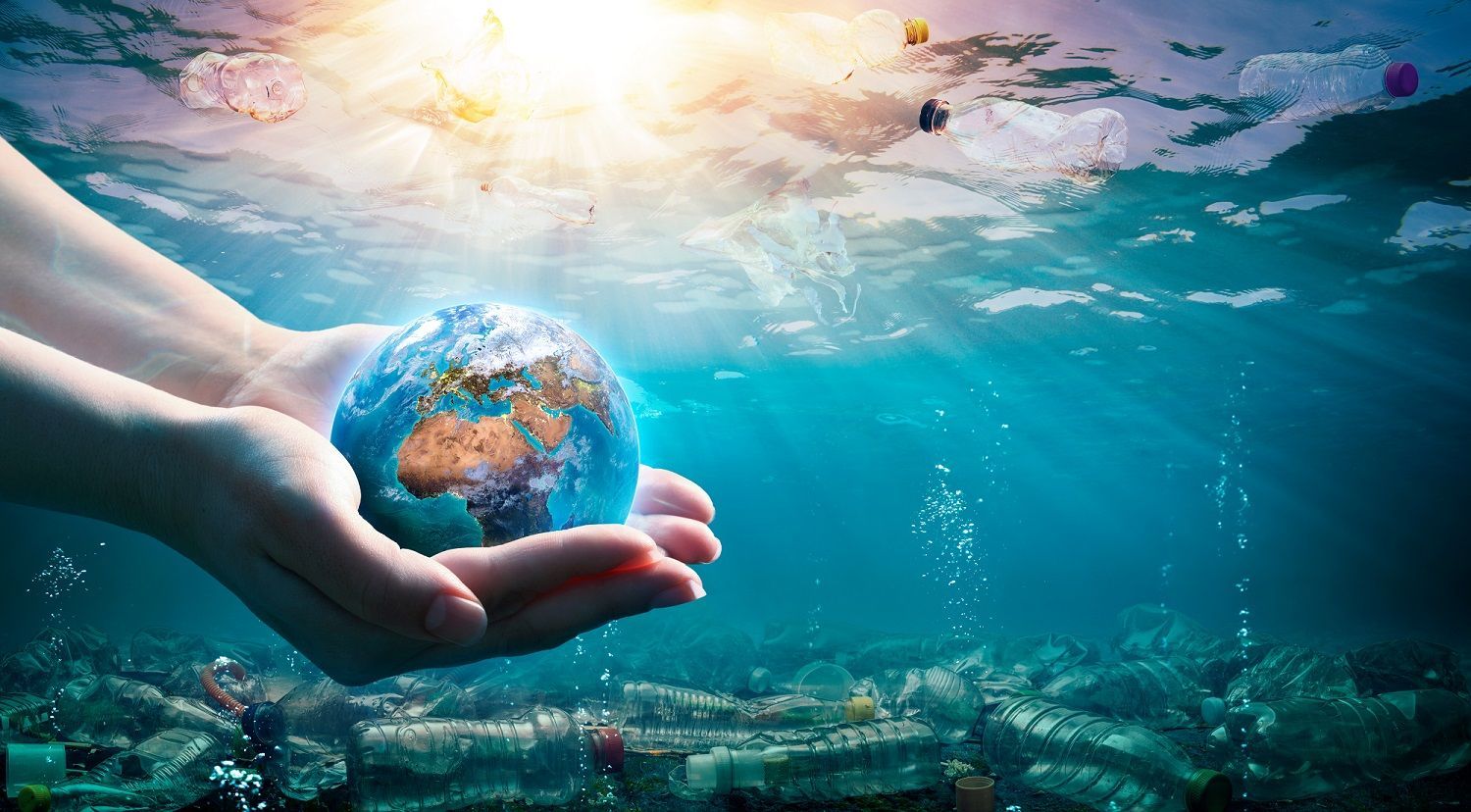
Our oceans, which cover over 70% of the Earth's surface, are the lifeblood of our planet. In addition to providing us with food and oxygen, they also play a crucial role in regulating the climate. However, this vital ecosystem is facing a crisis—pollution from the irresponsible disposal of plastic.
An estimated 11 million tons of plastic enter our oceans every year, threatening marine life, ecosystems, and even human health. In response to this global challenge, the concept of "Ocean Bound Plastic Certification" has emerged as a beacon of hope in the fight against plastic pollution.
Understanding Ocean Bound Plastic
Before we dive into certification, it's essential to understand what ocean-bound plastic is. Ocean-bound plastic refers to plastic waste that is at risk of entering the ocean but has not yet done so. This includes plastic debris found near coastlines, rivers, lakes, and other bodies of water that provide a pathway to the sea. Ocean-bound plastics are a significant part of the pollution problem because they can easily make their way into the ocean, where they persist for centuries.
What Is Ocean Bound Plastic Certification?
Ocean Bound Plastic Certification is a process that involves verifying and validating efforts to prevent plastic waste from entering the ocean. It's a multi-step process that assesses the collection, recycling, and management of plastic wste in regions prone to contributing to ocean pollution. The certification aims to recognize and reward organizations, businesses, and initiatives that actively work to reduce plastic pollution at its source.
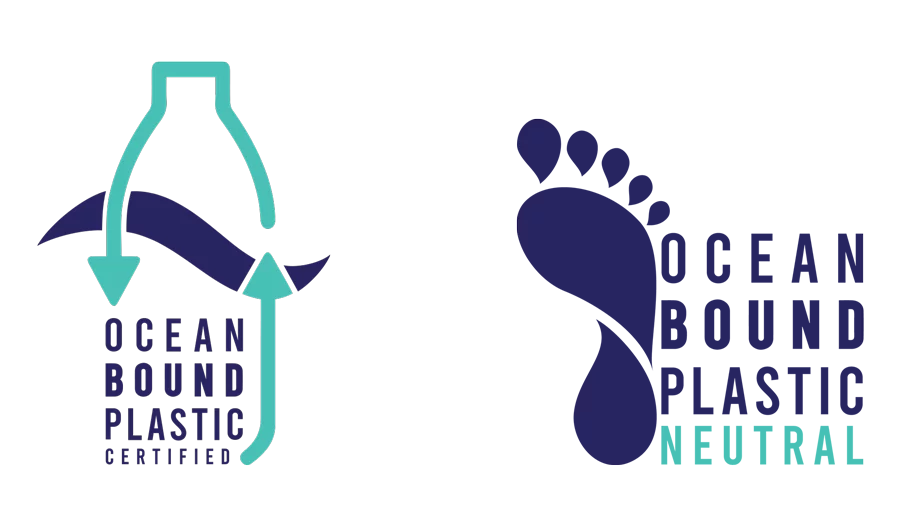
The Goals of Ocean Bound Plastic Certification
- Preventing Ocean Pollution: The primary objective of Ocean Bound Plastic Certification is to prevent plastic from entering our oceans. By incentivizing the proper management of plastic waste, we can significantly reduce the amount of pollution.
- Promoting Sustainable Practices: Ocean Bound Plastic Certification encourage the adoption of sustainable practices. Organizations and businesses seeking certification often implement measures to reduce, reuse, and recycle plastic materials, leading to a more circular economy.
- Raising Awareness: The Ocean Bound Plastic Certification program raises public awareness of the global plastic pollution crisis. When consumers see the certification label on products, they become more informed about the importance of responsible plastic use and disposal.
- Economic Benefits: Certified businesses may gain a competitive advantage in the market. Consumers increasingly favor eco-friendly and socially responsible products, which can translate into increased sales and brand loyalty.
The Path to Certification
The journey towards Ocean Bound Plastic Certification involves several crucial steps:
- Assessment and Auditing: Organizations seeking certification must undergo a thorough assessment of their plastic waste management processes. Independent auditors evaluate their efforts to prevent plastic from reaching the ocean and assess their sustainability practices.
- Implementation of Best Practices: To qualify for certification, organizations need to adopt and implement best practices for plastic waste reduction and recycling. This might include improving waste collection systems, investing in recycling infrastructure, or reducing single-use plastic consumption.
- Compliance: The Ocean Bound Plastic Certification program has specific criteria and standards that organizations must meet in order to achieve certification. Compliance with these standards is essential for certification success.
- Continuous Improvement: Certification is not a one-time achievement; it requires ongoing commitment to improving plastic waste management practices. Certified organizations must continually work to reduce their plastic footprint and maintain their certification status.
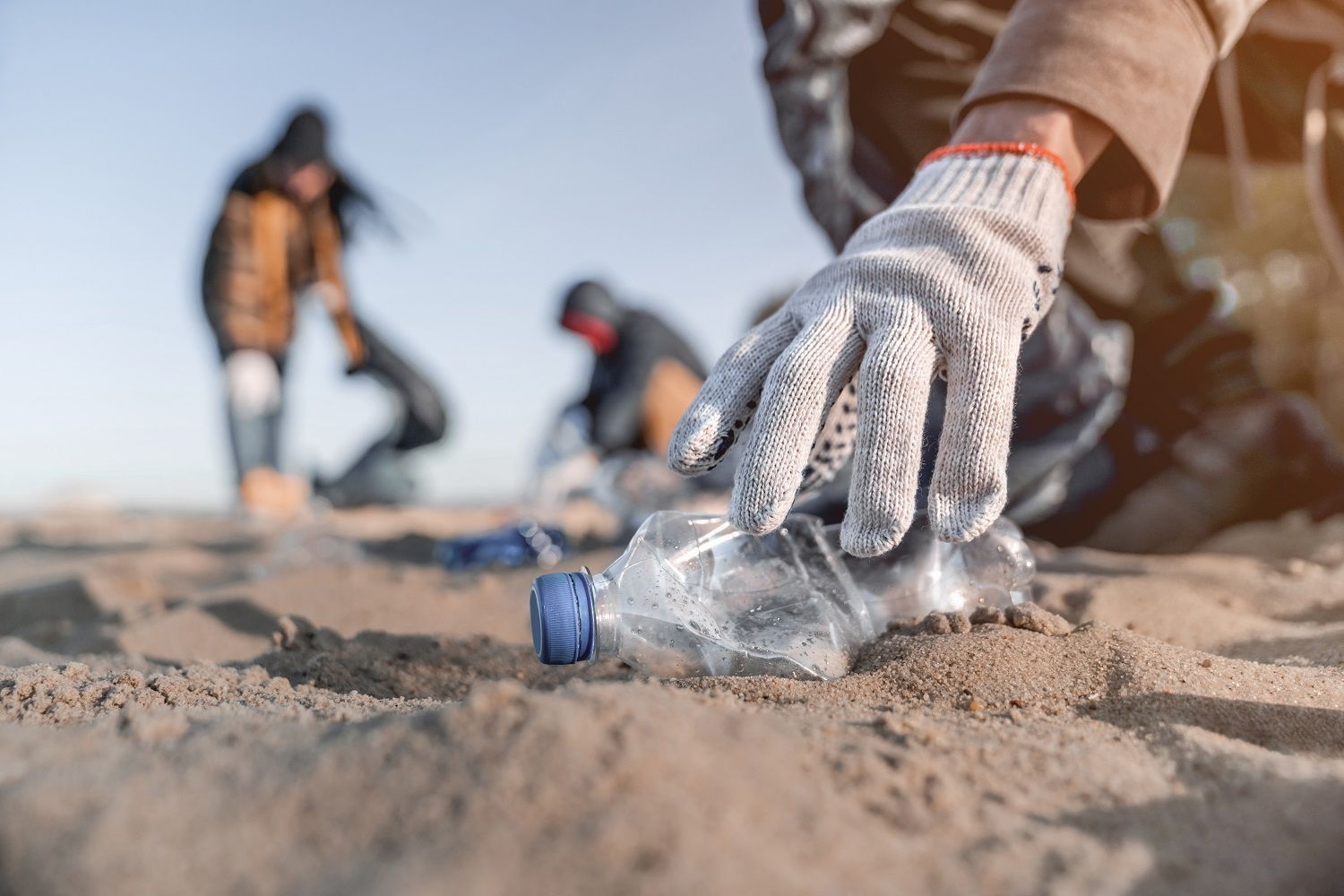
TLDR
Ocean Bound Plastic Certification is a remarkable asset in our battle against plastic pollution. By recognizing and rewarding efforts to prevent plastic from entering our oceans, this certification program encourages sustainable practices and raises awareness about this critical issue. As consumers, we have the power to support certified businesses and organizations, driving positive change toward a cleaner, healthier planet.
Here at Plascene, we are passionate about the environmental sustainability of our products and processes. We are proud to be an Ocean Bound Plastic Certified business. For more information on the steps we're taking to protect our environment, please visit the Sustainability page on our website.



